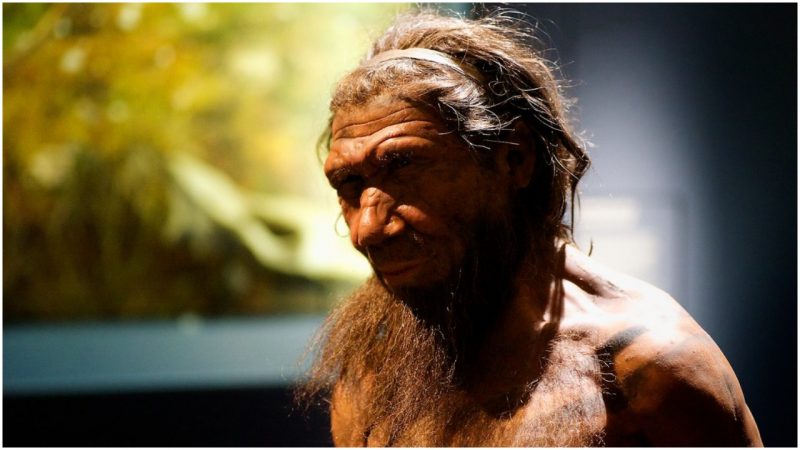It might sound strange, but there’s actually scientific evidence to suggest that most people have a little Neanderthal DNA in them.
This is especially true for anyone who has ancestors from anywhere outside of Africa, so all those with European and Asian ancestry have a good chance of being just a little bit Neanderthal.
The BBC has shared scientific reports showing that when modern humans first left the African continent and started to explore Eurasia, they met up with Neanderthals. Unsurprisingly, some of these meetings resulted in cross-breeding, and it was these sexual exchanges and the resulting children that led to many modern people nowadays having up to 4 percent Neanderthal DNA.
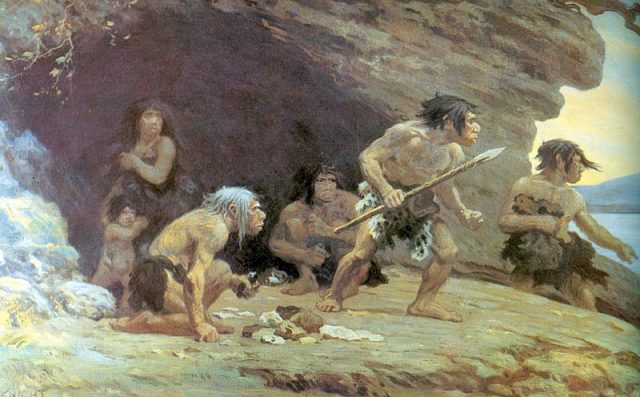
To put that into context, it’s roughly the equivalent of having your great, great, grandfather being a pure Neanderthal. And this wasn’t just reserved for Neanderthals.
There were other hominids, like the Denisovans, who cross-bred with modern humans from Africa, resulting in some people in South East Asia having around 6 percent Denisovan DNA in their bodies today.
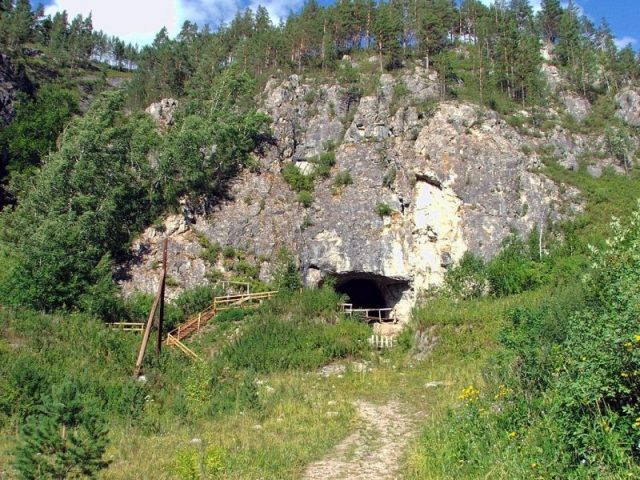
As stated, the presence of Neanderthal DNA in your body is most likely if you have ancestors outside of Africa, but it’s even possible for people who are purely African too.
This is because, a few thousand years ago, European and Asian people migrated into Africa, breeding with the natives and meaning that many modern African people will have inherited at least a little DNA from those people, including Neanderthal DNA.
Interestingly, a scientific report entitled ‘The Hybrid Origin of “Modern” Humans’, published in 2015 in the journal Evolutionary Biology, suggests that all of modern mankind is a result of cross-breeding between different hominid species over the years.
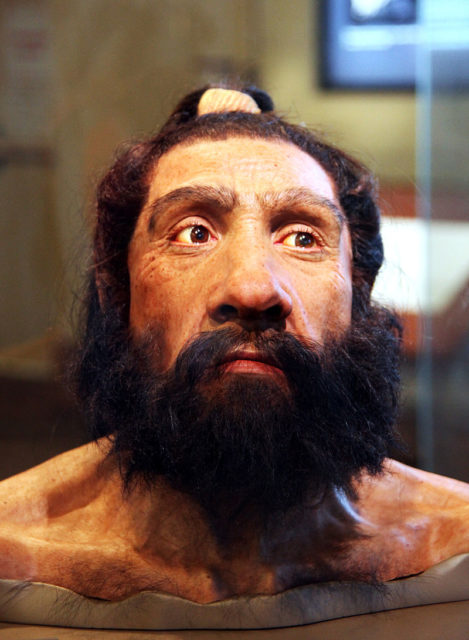
Not only that, but Rebecca Ackermann, a researcher at the University of Cape Town and lead author of the study, suggests that all this hybridization actually helped modern humans become so successful.
The idea of different species interacting in this way might seem strange to us, but it’s actually quite common in nature. Lots of different primate species are capable of interbreeding, as are some birds, and bears.
Ackermann states that up to 10 percent of primate species cross-breed, and we’ve also seen examples of brown bears mating with polar bears.
These findings regarding Neanderthal DNA and the history of hybridization are just the latest in a series of recent discoveries. In 2015, researchers studied a skeleton found in Romania.
They dated it to around 40,000-years-old and discovered that it had more Neanderthal DNA than any other human remains ever found, with up to 9 percent of the genome estimated to be present.
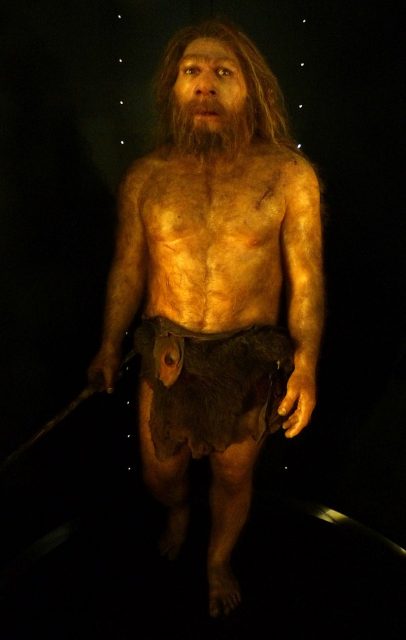
As time goes by and more discoveries are made, it’s likely we’ll learn even more about how different species interacted in the past and how Neanderthal DNA, as well as other hominin forms of DNA, combined to create modern humans.
Many scientists, Ackermann included, have also suggested that hybridization can act as a powerful “creative evolutionary force”, resulting in new traits being seen in the offspring of different species.
Biologist Rasmus Nielsen from the University of California, Berkeley suggests that cross-breeding can actually act in a similar way to evolution, except much faster.
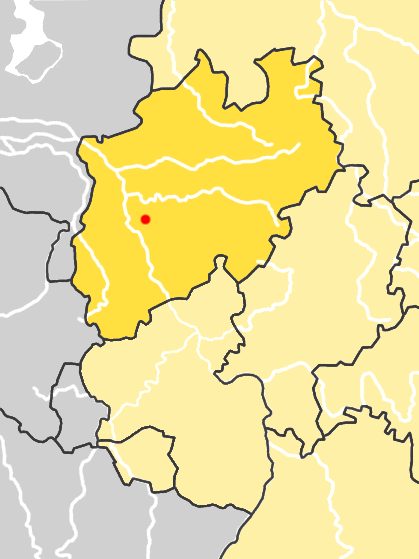
Normally, with evolution, we have to wait many years for mutations to occur and then be passed on to successive generations. With cross-breeding, new traits can develop almost immediately, allowing humans to adapt and change much more quickly.
Read another story from us: DNA Study: Neanderthals and Woolly Mammoths Shared Genetic Material
DNA evidence even suggests that Neanderthal DNA helped modern humans become immune to certain diseases, so it’s clear to see that cross-breeding can be a force for good — even an essential element of a species’ survival.
As more research is done into older and older DNA, surely we’ll see more fascinating DNA discoveries being made and data being uncovered.
